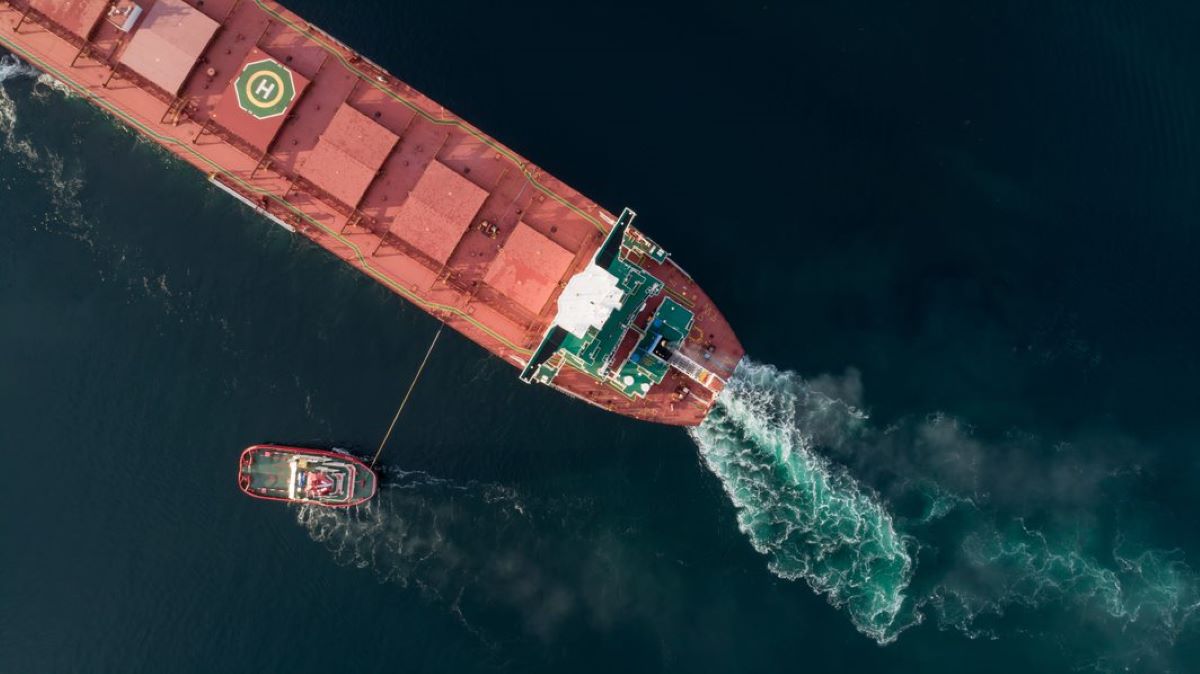The abundance of low-wage workers and a robust ecosystem of suppliers, manufacturers, and distributors have made China the “factory of the world”. While the nation was an efficient and cost-effective manufacturing hub, several factors led countries to shift their supply chains, also known as the ‘Great Transition’ away from China, as per Eastspring Investments.
According to the asset manager, countries began looking for alternatives and supply chain security after the pandemic and China’s strategic rivalry with the US, India, Japan, and Australia.
Moreover, the growing awareness of Environmental, Social, and Governance (ESG) issues, has also prompted countries to diversify their supply chains. “Going forward, more stringent environmental regulations would potentially push operating and investment costs higher for businesses that have their manufacturing hubs in China,” Eastspring explains.
The asset manager says China’s labour cost advantage over the US has depleted with time due to economic weakness and an ageing population. Hence, countries are not choosing China for manufacturing anymore. Currently, manufacturing wages of China are way higher than Brazil, Mexico, India, and other ASEAN countries.
As per the asset manager, the global supply chain transition has affected corporate sentiment, investment, and trade. Eastspring Investments warns, “The US’ and EU’s restrictions on the exports of advanced semiconductor chips and production equipment to China are likely to have hurt the exports from China’s high-end electronics and automobile manufacturing industries.”
Furthermore, the asset manager highlighted that China’s inbound FDI flows slipped into negative territory for the first time in the third quarter of 2023. Eastspring reasons, “…geopolitical tensions as well as weak business confidence have clearly reduced China’s appeal as an investment destination.”
That said, China will remain a dominant and influential entity in global supply chains due to its large and skilled workforce, robust infrastructure, and massive domestic market, Eastspring is convinced.
However, there is a shift away from China, albeit gradual and partial. ASEAN, Latin America, India, and EMEA are most likely the largest beneficiaries of this transition.
“The combined manufacturing value add of these countries is less than half that of China…..As such, a small shift away from China adds a significant amount of manufacturing value to these countries,” argues Eastspring.
The shift presentes “a once-in-a-generation opportunity for Emerging Market countries that have the necessary resources and readiness,” Eastspring opines. “For investors, we believe that much of the opportunities reside in small to mid-capitalisation stocks, which would be best uncovered via a disciplined, fundamentally-driven stock-picking investment approach.”
View the complete article here.
Read more

T. Rowe Price
Why US Treasuries may no longer be a safe haven
US Treasuries recent performance has fallen short of expectations.

Candriam
The euro bond market is back in focus
Rising yields and shifting fiscal dynamics are bringing the euro bond market back into focus.

Lombard Odier
EM equities – potential opportunities amid challenges
EM equities face renewed pressure amid US trade policy shifts, slowing growth, and investor outflows.

US Markets
100 days of Donald Trump
The first 100 days of Donald Trump’s second term have shaken markets. Asset managers weigh in on US equities, bonds, and the dollar.





















